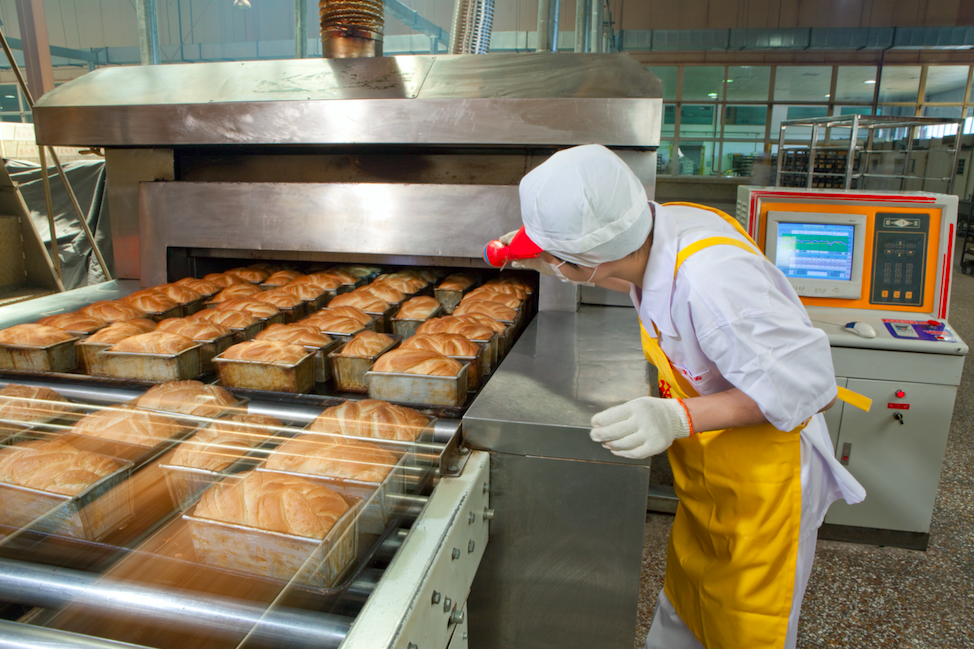We all know the importance of food safety. One oversight can put public health and your bottom line at risk. That’s why meeting food safety standards isn’t enough — merely complying is the lowest bar.
We discuss food safety often, but when was the last time you examined your facility’s risks from a high-level view? Let’s examine five major areas to focus on when assessing your plant’s food safety risks.
1. Separation of allergens
The demand for allergy-friendly products, like gluten-free items, continues to grow. If you incorporate allergen-free products into your facility, avoiding cross-contamination is especially critical.
This isn’t a one-and-done process. You must continually analyze every step of your supply chain:
1. Supplier—Engage suppliers certified by a third-party allergen expert to ensure your ingredients don’t contain trace amounts of allergens
2. Storage—Verify the segregation of storage areas, because even dust particles from allergen ingredients can contaminate allergen-free products
3. Processing—Use a dedicated processing line or optimize processing schedules to minimize clean-in-place (CIP) and changeover time between allergen and non-allergen batches.
Also, ensure your staff are following best practices for handling allergen-free foods.
2. Food-safe surfaces and materials
It’s not enough to install proper surfaces in your food plant. You must also maintain them to promote a food-safe environment. The two ideal surfaces for food safety are stainless steel and solid aluminum, because they are easy to clean and sanitize.
If you already use these materials within your plant, verify they were installed with proper slopes to eliminate the ponding of water (and keep them bacteria-free).
3. Air pressure and flow
Are there significant air pressure differences throughout your facility? Appropriate air balance can reduce the risk of unwanted moisture and condensation that can foster bacterial growth.
Consider the direction and frequency of airflow as well. For example, the air from kill floors and rendering areas, where raw poultry and meat are handled, must never flow to areas such as packaging, where airborne bacteria could infect the final product.
4. Plant personnel
All it takes is one human error to launch a large-scale recall. A culture of consistent, thorough sanitation practices should shine through your food plant personnel from the inside, out.
Employees should only have access to their specific work center during operation hours to prevent cross-contamination. However, your employees should be trained to perform multiple sanitation procedures so food safety best practices transfer from one department to another. How can you improve sanitation practices with your personnel?
5. Packaging
Is your packaging method sanitary and safe for consumers? Are there alternative packaging methods that would better suit your product?
For example, if your plant produces a meat product, consider secondary packaging. This method is more efficient, and it improves product integrity because it keeps the product as cool as possible for as long as possible.
Sometimes food safety in packaging takes the form of efficient practices to cut down on how long your product is out in the open after processing. Consider how you can optimize your packaging process to prioritize food safety.
Food safety is non-negotiable, but it’s just one of several areas for potential risk in your facility. Routinely analyzing your plant’s efficiency overall is paramount, and an outside perspective can make all the difference.




